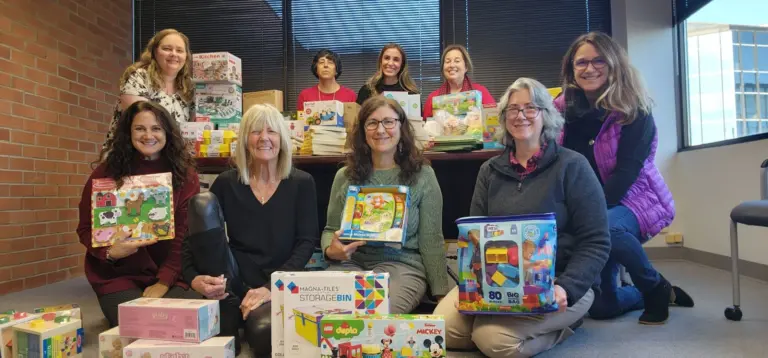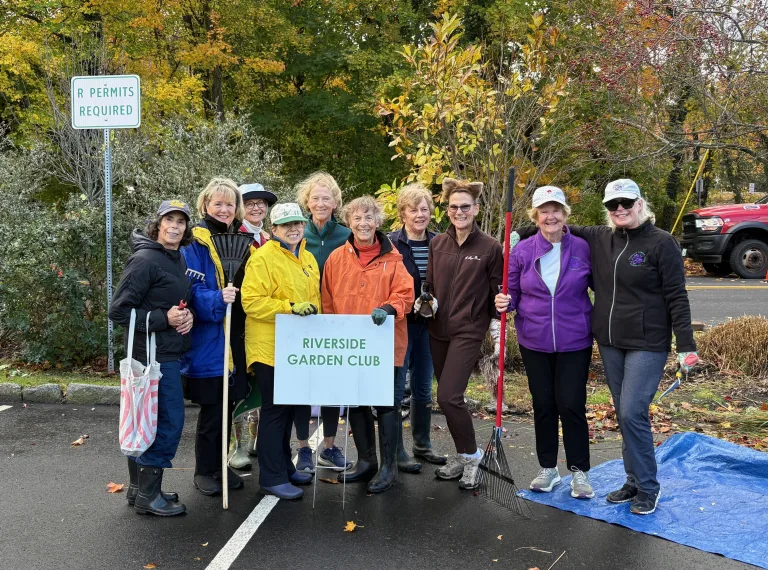By Bill Slocum
Contributing Editor
As the Board of Selectmen and the Board of Education deliberate this week over which version of a rebuilt New Lebanon Elementary School makes the best sense for the town, Barbara Riccio emphasizes a simple, pressing need for space at the current school.
“For a long time, the building has been lacking in gym space, cafeteria space, and playground space,” she said. “That was before I even came.”
Five years ago, when she took over as principal of Byram’s public elementary school on Mead Avenue, Riccio recalled, “we were just starting to feel growing pains.” Back then, about 200 students attended New Lebanon, including a pre-school class and kindergarten classes.
Two years ago, space considerations forced the school to relocate their kindergarten classes at the Byram Schubert Library, just across Church Street from the New Lebanon campus. Even before that, New Lebanon had discontinued pre-school classes.
Where does that leave parents of pre-school age children in Byram? “They don’t have access to Greenwich public-school preschools, basically,” Riccio said. “So they do local preschools or daycare in the area.”
Today, there are 227 students at New Lebanon School, grades one through five. Another 41 students, kindergarteners, use two spare rooms at the library. Space has long been an issue, Riccio says, and it is about to get worse.
It is a matter of simple demographics. This year there are three classes each of first, second, and third-graders at New Lebanon, and two classes of fourth and fifth-graders. Each class has their own room in the New Lebanon School building. Next year, there will be one more fourth-grade class to accommodate; Riccio says they have no more classrooms for them.
“We floated the idea about moving the fourth- and fifth-graders to Western Middle School,” Riccio said. “The parents were adamant they don’t want the community split like that.”
The idea of sharing classrooms has also been discussed; in some parts of school it has already been implemented. Taking a walk through the school building with Riccio, one sees most of the regular classrooms in use at full capacity, children at their desks in uncrowded conditions. Riccio says these are adequate for present use. But along the margins, in the so-called “resource rooms” designed to accommodate special learning situations, a feeling of claustrophobia kicks in.
In one resource room, two separate Advanced Learning classes are separated by a single whiteboard while two instructors speak to their separated groups of students in hushed tones. Another resource room is sectioned off into three areas, two used for special education, the other for Physical Therapy/Occupational Therapy, another special-needs program.
Just inside one of the regular classrooms, a cubbyhole-alcove space has been transformed into a mini-office for a special-education instructor, who uses the space to counsel students. There are some 60 full- and part-time staff at New Lebanon, and at times more teacher’s aides than rooms to accommodate them; during Riccio’s tour a volunteer “Reading Champion” and her student sat on a pair of facing folding chairs in the school’s main hallway, as she quietly helped him read in English.
“We’ve become very clever,” Riccio said. “We’re all very cooperative and collaborative, but it’s tough.”
Parents of New Lebanon students say they are frustrated by the growing space problem at the school. Diego Sanchez, co-president of the New Lebanon Parent-Teacher Association, complains about “classes in closets” and said it is time for action.
“We don’t really have meeting space,” Riccio said. “We have no practice space for the band. We have music lessons in the hallway, or in the Media Center, which for a band is obviously not ideal.” Teacher meetings are held either in the cafeteria before lunch or else in small offices.
As one of three International Baccalaureate Schools in town, Riccio says New Lebanon has other space needs pertaining to their specific curriculum requirements. The IB program encourages group learning activities between grade levels; New Lebanon at present doesn’t have meeting rooms large enough to accommodate this.
“We use the gym now for everything,” she said. “We have to use that for practice space, for meeting space, and that does impact on classes.”
The gymnasium is another part of the school that Riccio would like to have changed; she says it is at present too small. She also directed attention to the playground outside, dominated by rock outcroppings and a large dumpster.
“We’re also really hampered by the space,” she said. “We’re on a hill, we’ve got rock, we’ve got woods. Some places have acreage, so you can just put down modular, short-term. We looked into modulars. There’s no space. It is an odd little spot where it is.”




